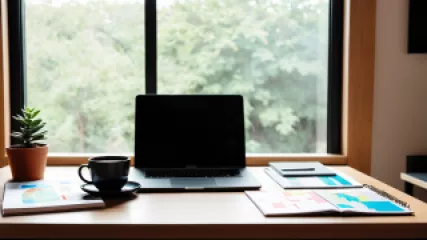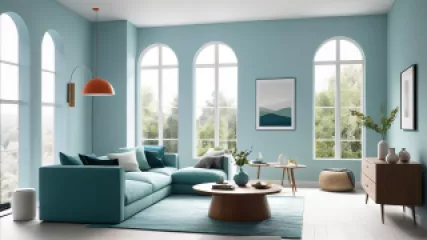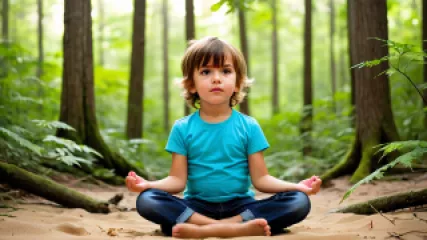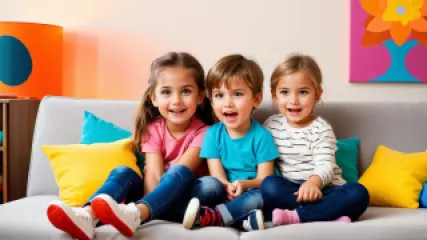5 Reasons Strategic Goal Setting is Crucial for Success
1 year ago
Goal Setting Strategies
The Science Behind the Benefits of Daydreaming
1 year ago
Benefits of Daydreaming
Confronting My Fears: A Personal Journey Through Phobias
1 year ago
Phobias
Mindful Eating: A Step-by-Step Guide to Reducing Stress
1 year ago
Mindful Eating
10 Best Strategies to Confront Bias and Promote Inclusivity
1 year ago
Confronting Bias
Healing Affirmations for Emotional Abuse Survivors: A Step-by-Step Guide
1 year ago
Healing from Emotional Abuse
Overcoming Obstacles: Lessons from 'The Lord of the Rings'
1 year ago
Overcoming Obstacles
Unleashing Self-Expression Through Therapeutic Writing: An Interview with a Mental Health Counselor
1 year ago
Therapeutic Writing
Effective Self-Harm Therapy Tools: Research Summary
1 year ago
Self Harm
The Psychology of Color in Interior Design: Why It Matters for Emotional Well-Being
1 year ago
Psychology of Color in Interiors
Navigating Life Transitions: Research-Backed Insights
1 year ago
Life Transitions
Proven Strategies to Help Kids Manage Anger
1 year ago
Handling Anger in Children
5 Effective Ways to Deal with Sibling Rivalry
1 year ago
Sibling Rivalry Solutions
Unlocking Mental Wellness: An Interview with a Mental Health App Developer
1 year ago
Mental Health Apps
How to Leverage Social Media Advertising for Maximum Impact
1 year ago
Impact of Advertising














